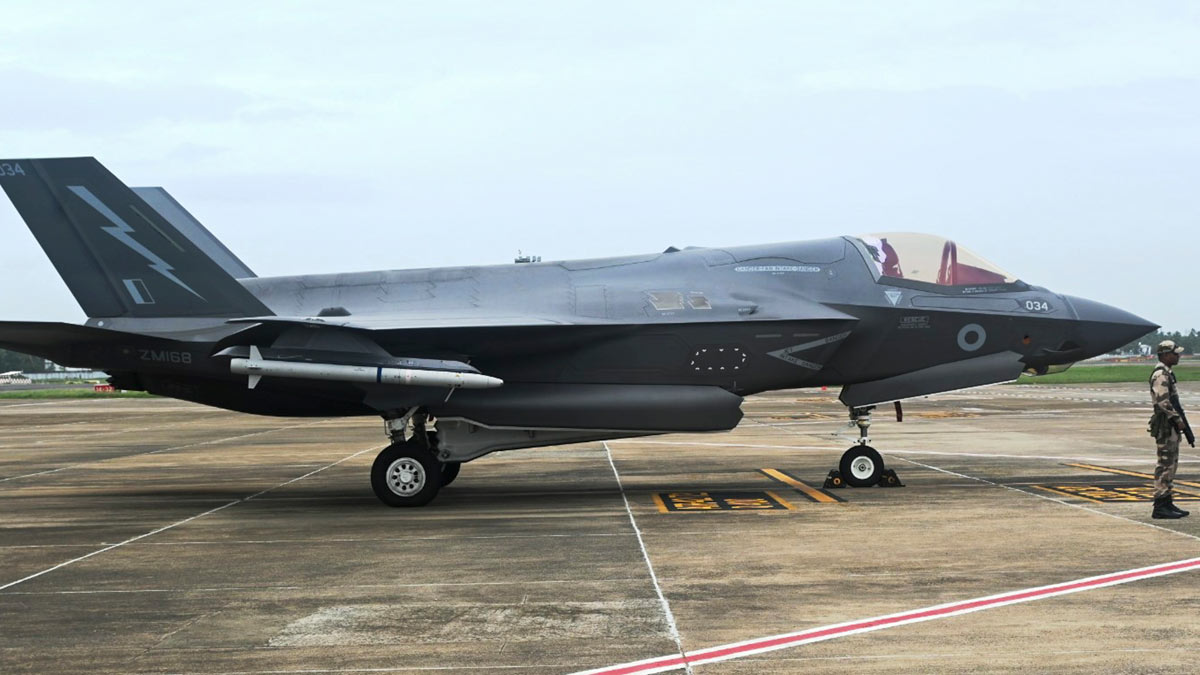Why does the world's 'most lethal, survivable' fighter jet F-35B continue to be grounded in Kerala airport?

Nearly four days after it made an emergency landing at Thiruvananthapuram International Airport in Kerala, British Royal Navy F-35B Lightning II fighter jet—billed by Lockheed Martin as the "most lethal, survivable, and connected fighter aircraft"— remains grounded due to a suspected hydraulic issue.
The aircraft, specifically designed for short take-off and vertical landing (STOVL), operating from the UK aircraft carrier HMS Prince of Wales, had been on a routine flight outside Indian airspace when it developed a technical snag and was diverted to the airport. Thiruvananthapuram International Airport was designated in advance as an emergency recovery site.
Though the emergency landing was safely executed, the root issue —believed to be a fault in the aircraft's hydraulic system—has not yet been resolved, forcing the aircraft, worth around $100 million, to stay grounded.
READ MORE: Indian Air Force says 'fully aware' of British fighter jet landing in Kerala
Technicians from the carrier arrived shortly after the incident to begin inspection and repairs.
Six of them returned to the ship on Tuesday, while three personnel, including the pilot, remain at Thiruvananthapuram to oversee the rectification efforts, according to news agency PTI.
According to media reports, personnel from the Central Industrial Security Force (CISF) guarding the jet. A local ground handling agency was also arranged at the Royal Navy's request.
The world’s first supersonic STOVL stealth fighter, this variant of the fifth-generation F-35 aircraft is designed to operate from aircraft carriers, amphibious assault ships, and bases with limited runway length. The UK received its first F-35B in 2012.
Defence